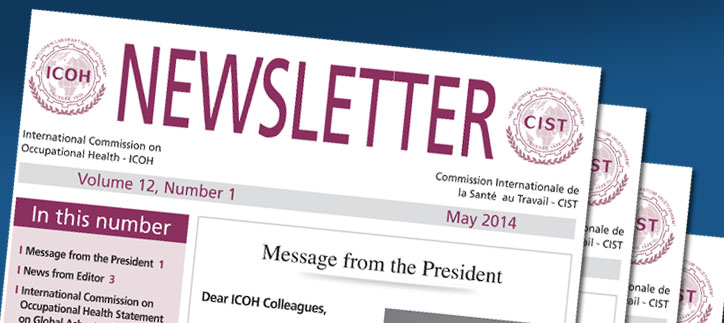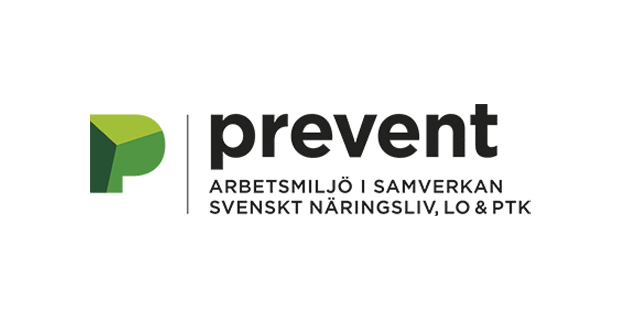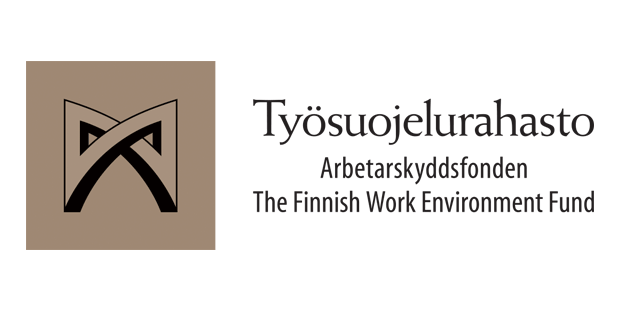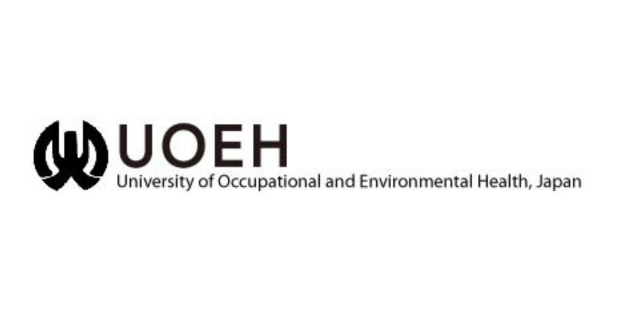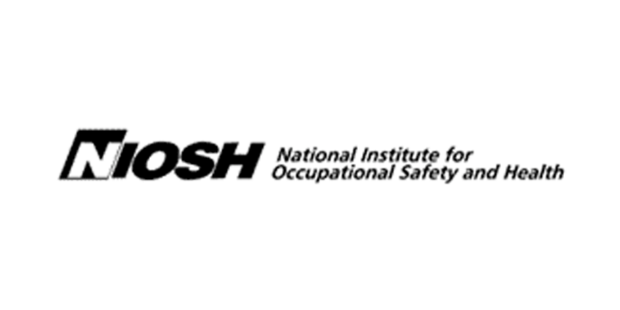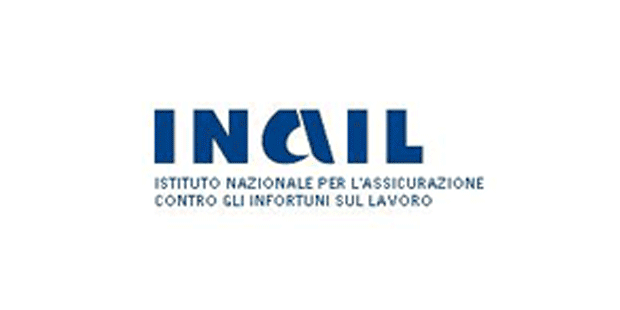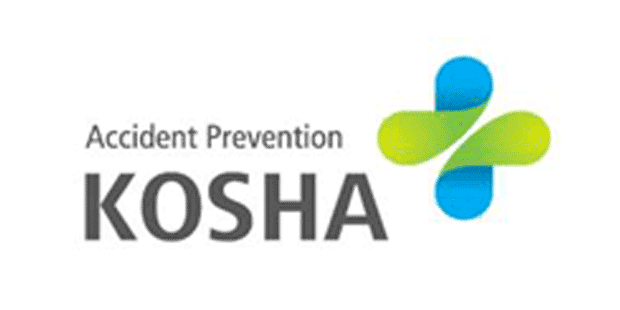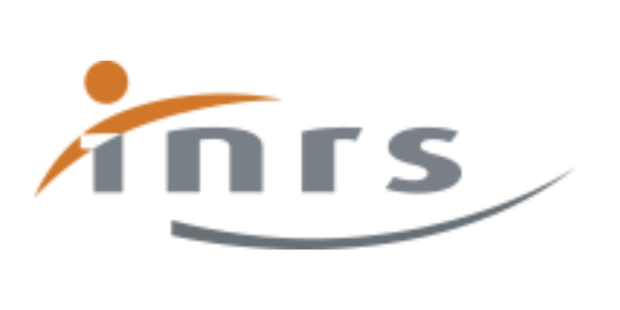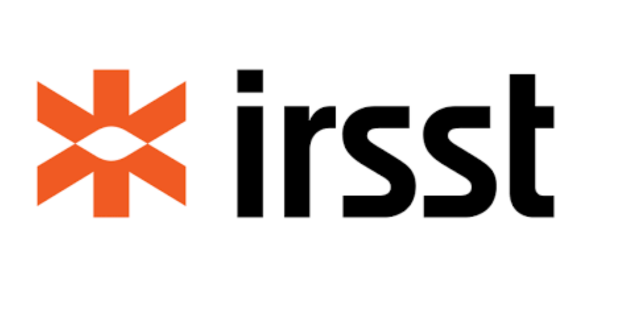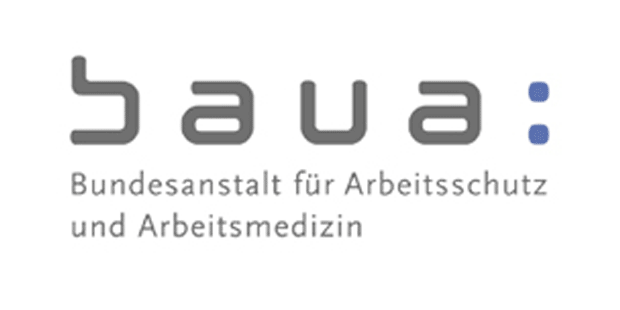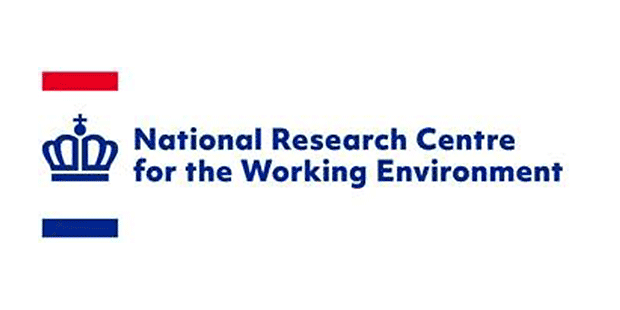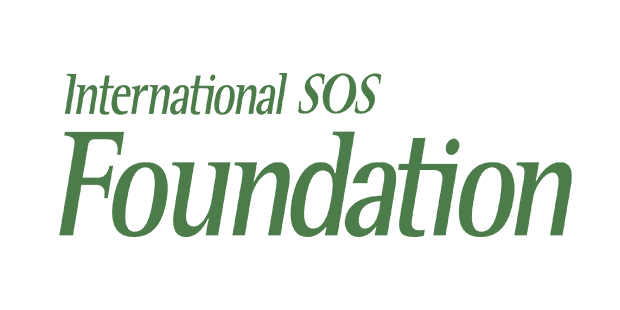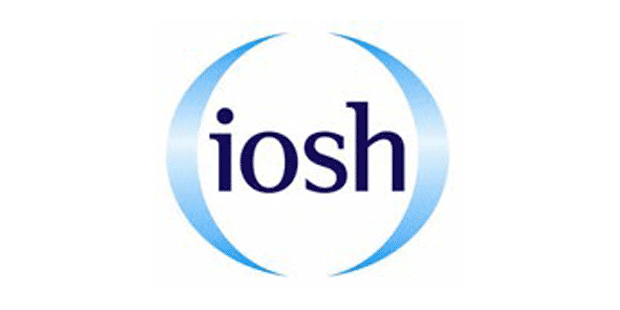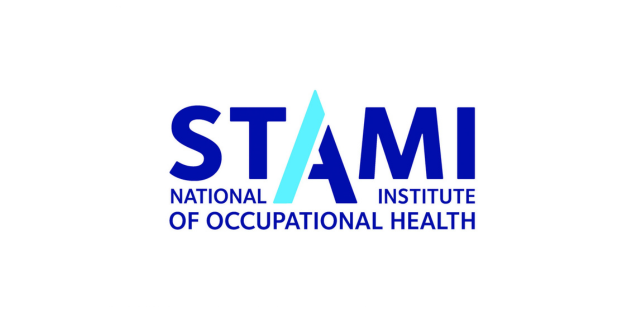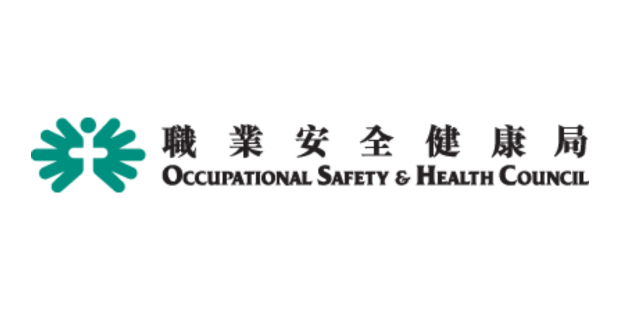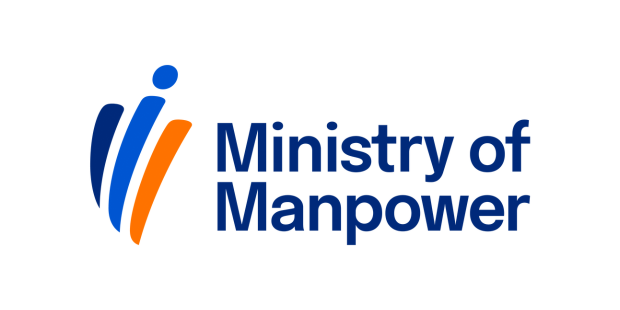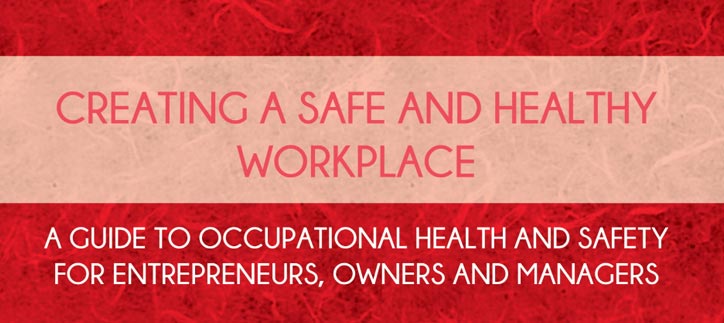OH for Health Workers
Health workers comprise the largest global workforce and are found in every country. The health care workforce includes individuals who provide health services – doctors, nurses, midwives, dentists, emergency medical responders, medical, nursing and dental assistants, therapists, laboratory technicians, social workers, psychologists and pharmacists, along with students training in these areas.
The health care workforce also includes those individuals who provide management and supportive services – administrators, financial officers, clerical personnel, cooks, patient transporters (both within-facility and drivers) security, housekeeping and facilities operations (plumbers, electricians, painters, carpenters).
Worldwide, there are 59.8 million health workers. About two-thirds of them (39.5 million) provide health services; the other one-third (19.8 million) are management and support workers. Women comprise nearly 80% of the healthcare work force. (WHO)
Although there are several factors leading to the shortage of health workers, a major contributor is unsafe working conditions leading to work-related illness and injury with significant morbidity and mortality (particularly from infectious diseases including HIV, Hepatitis B and C, Tuberculosis and Ebola, more recently COVID). The fear of contracting one of these illnesses leads to further attrition and to a decreased number of individuals entering the health professions. The shortage of health workers puts increased work demands and stress on the remaining healthcare workforce, which, in turn, further increases unsafe working conditions. Protecting the health and safety of health workers is essential in order to have an adequate workforce of trained and healthy health care personnel.
A health care facility is a workplace as well as a place for receiving and giving care. Cases of occupational injury and illness among health workers are among the highest of any industry sector. Health workers are exposed to a complex variety of health and safety hazards on a daily basis including: biological hazards (such as TB, Hepatitis, HIV/AIDS, SARS, Ebola); chemical hazards (such as, glutaraldehyde, ethylene oxide, latex, cytostatic); physical hazards (such as noise, radiation, slips, trips and falls); ergonomic hazards (such as heavy lifting, repetitive motion at awkward angles); psychosocial hazards (such as shiftwork, violence and stress); fire and explosion hazards (such as using oxygen, alcohol sanitizing gels).
Because their jobs are to care for patients, the hazards and risks that health workers face every day are often ignored or relegated to a low priority. In fact, health workers are “expected” to accept the risks entailed in performing their jobs, often sacrificing their own health and safety for that of their patients. Fortuitously, the measures that protect health workers from injury and illness also serve to protect patients’ health and safety. Health workers need to be protected from workplace hazards; there can be no effective health care system without a healthy workforce.
The aims of the Scientific Committee on Occupational Health for Health Workers are:
- Foster the scientific progress, knowledge and development of occupational health and safety in health care settings
- Provide forums for discussion of current health and safety issues affecting health workers and health care settings
- Foster and participate in international dialogues and provide input for guidance regarding health and safety issues for health workers
- Create guidelines, tools and training opportunities and make these available to ICOH members and other interested persons and institutions
- Foster cooperative relationships with Academia and Universities, WHO, ILO, ISSA and other international and NGO organizations in pursuing the above stated goals.
|
Website now available scohhcw.weebly.com/ Scientific Committees Report 2022-2024 available here. Officers for Triennium 2024-2027 |
|
Chair |
Secretary |
|
Dr. Acran Badih SALMEN-NAVARRO Phone: 347-859-5829 Email: salmea01@nyu.edu |
Dr. Claudia María DE HOYOS Phone: 54114326-1747 Email: dradehoyos@gmail.com |

